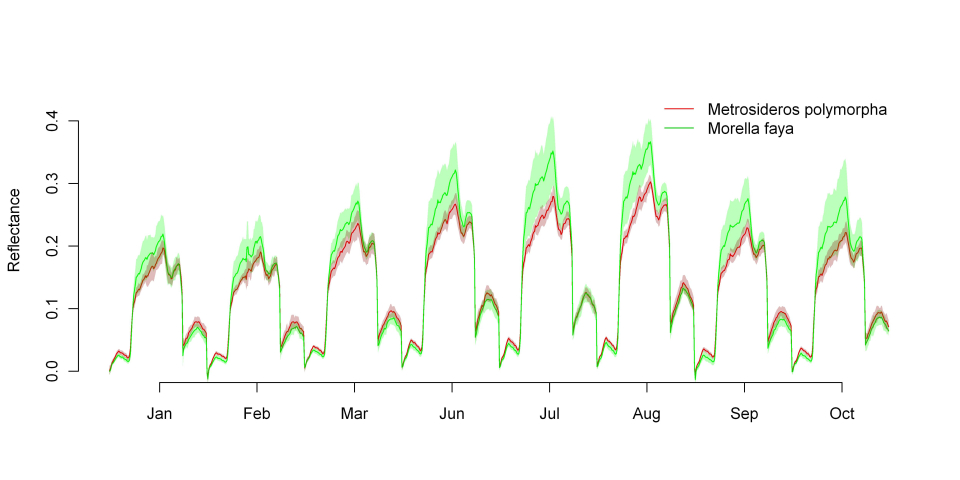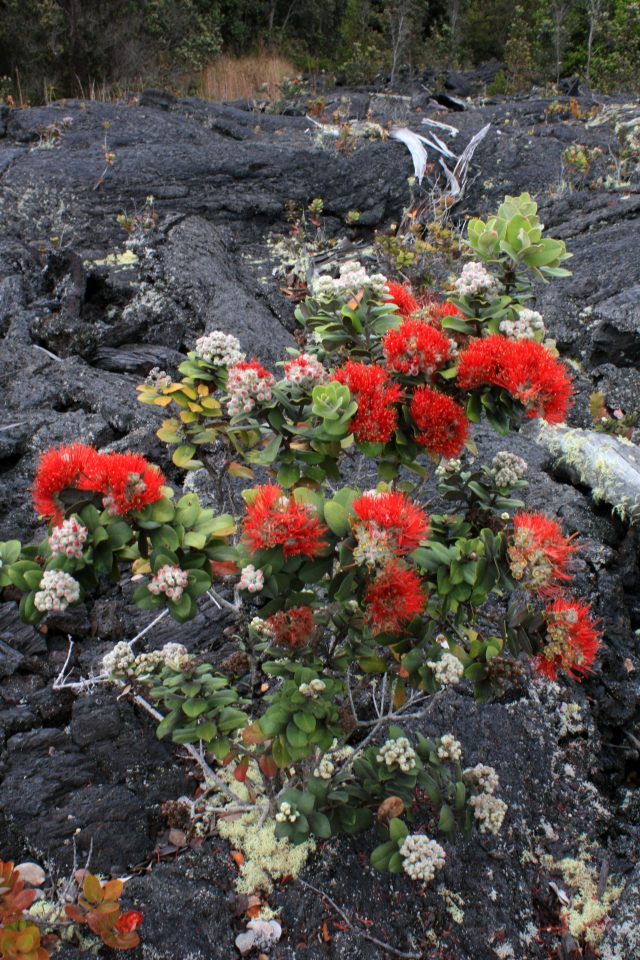Context and objectives
In ecosystems where two or more vegetation types or plant species co-exist, the success of remote sensing (RS) based applications is still limited. This is because image interpretation is complicated by the high spectral similarity between the different plant species which is strengthened by the composite nature of the reflectance signals obtained by the RS sensor. The main objective of this project is to explore the potential of hyperspectral image analysis for individual plant species mapping. The potential of Spectral Mixture Analysis (SMA) and multi-temporal image classification is evaluated. It is anticipated that by assimilating both techniques the spectral similarity problem in intimately mixed vegetation systems can be addressed effectively. A multi-temporal unmixing based feature extraction technique is therefore proposed. The basic hypothesis is that the spectral similarity and spectral mixture problem can effectively be mitigated by integration of iterative mixture analysis cycles and automated feature selection in a hyperdimensional spectro-temporal feature space.
Project outcome
Spectral mixture modeling – (I) novel insights in the effects of multiple scattering and nonlinear mixing in mixed forest stands; (II) a mathematical mixture model for mixed forest stands
Spectral endmember extraction – an endmember extraction technique to built multi-temporal time series of spectral
properties of individual plant species in mixed vegetation systems
Variable Endmember model – (I) a modified multi-temporal unmixing approach providing improved unmixing
capabilities compared to traditional techniques. Benefits are expected to be high in mixed vegetation stands; (II) report on validation results of the multi-temporal unmixing approach for invasive species mapping; (III) based on the analysis, a report on preferred data acquisition windows and spectral requirements for future sensors and image tasking schemes.
| Project leader(s): | VITO - Remote Sensing - Teledetectie en aardobservatieprocessen | |||
| Belgian partner(s) |
|
|||
| International partner(s) |
|
|||
| Location: |
Region:
|
|||
| Related presentations: | ||||
| Related publications: | ||||
| Website: | ||||



